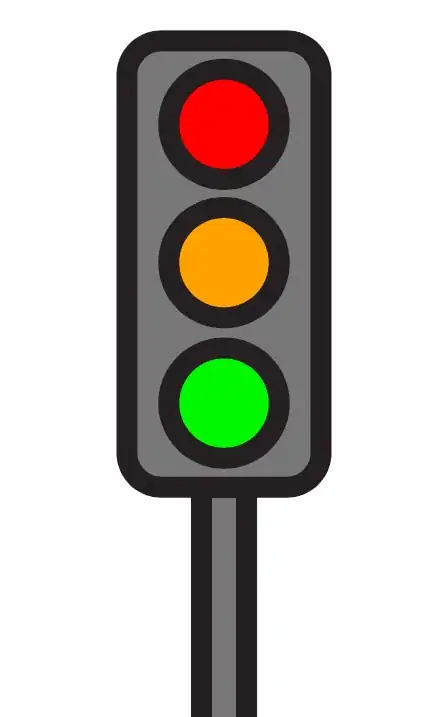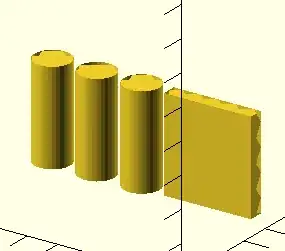I work on communication devices for people with disabilities that prevent them from speaking. This can be anything from a board with symbols on, to a relatively sophisticated app.
Some potential users also have sight issues and have to distinguish symbols by feel (these particular users have cognitive disabilities and so braile isn't useful) . Currently the solution is to, by hand, stick items onto the buttons. Like this:
This is effective, but takes a very long time.
There exists open symbol libraries like this, that include nice svg images like this one (not uploaded, because SO doesn't like svg, but here's the screenshot:
A friend converted some of these images into 3d prints like so:
This was amazing, and useful, but I understand quite time-intensive for him - and there are thousands of these symbols.
Here's what I want to know: given that SVG is a relatively simple structure and the symbols are very simple, what are the steps for writing the script that says: "Take the svg, map it to a plane, raise everything that is black by 2mm, everything that is gray by 1mm and add height for the rest of the colours according to this table" ?
Bonus points for something that I can reasonably get going on a set of 10000 svg files and come back to later...



